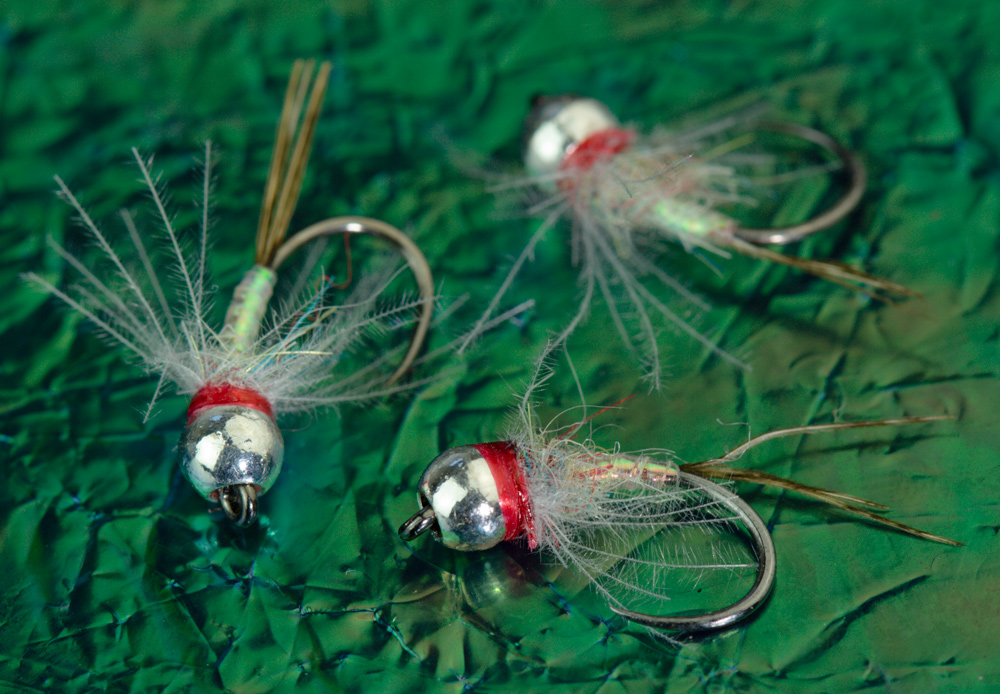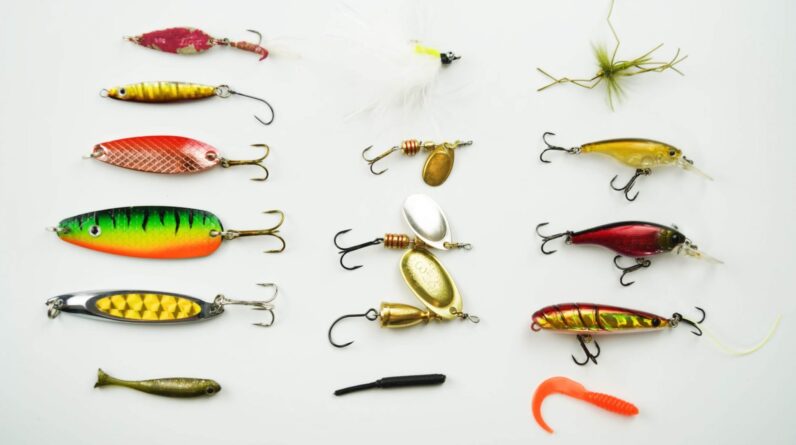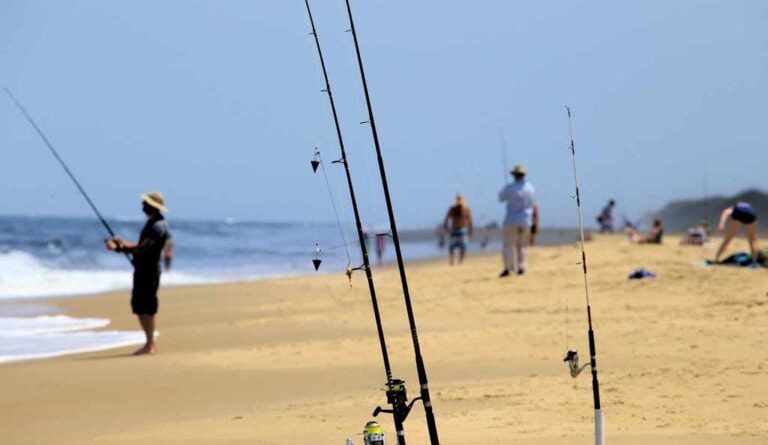When it comes to the world of fly fishing, enthusiasts are always on the lookout for that one perfect fly that can entice the most elusive of catches. One such mythical creation that has gained a reputation for its allure and effectiveness is the Rainbow Warrior Fly. In this blog, we’ll delve into the origins, design, and fishing techniques associated with this mesmerizing fly.

Origins of the Rainbow Warrior Fly
The Rainbow Warrior Fly was born in the vise of Lance Egan, a seasoned angler and fly tier. Lance crafted this fly with the intent of mimicking the irresistible appeal of a midge pupa, a favored delicacy for trout. The name “Rainbow Warrior” was inspired by the vibrant and captivating colors of the fly, reminiscent of the radiant hues found in a rainbow.
Anatomy of the Rainbow Warrior Fly
Materials Used
The Rainbow Warrior Fly is a nymph pattern that typically consists of:
- Hook: A curved nymph hook, often in sizes 16 to 22, to imitate the size of a midge pupa.
- Bead Head: Tungsten or brass beads are commonly used to add weight, allowing the fly to sink to desired depths quickly.
- Thread: Thin, strong thread is used to secure materials and provide the base for the fly.
- Body: The body is usually made from strands of pearlescent mylar, providing the fly with its characteristic shine.
- Thorax: A dubbed thorax, often in a contrasting color, adds volume and realism to the fly.
- Tail: The Rainbow Warrior Fly may have a sparse tail made of materials like pheasant tail fibers.
Colors and Variations
While the original Rainbow Warrior Fly features a combination of red and pearlescent materials, variations have emerged over time. Some anglers prefer orange or pink as hotspots, experimenting with colors to match the prevalent insects in their local waters.
Fishing Techniques
The effectiveness of the Rainbow Warrior Fly lies in its ability to mimic midge pupae, making it a versatile choice for various water conditions. Here are some techniques to maximize your success with this enchanting fly:
- Midge Hatches: During midge hatches, trout key in on these small insects. Present the Rainbow Warrior Fly just below the surface to imitate midge pupae ascending through the water column.
- Nymphing Riffles and Runs: The Rainbow Warrior’s bead head helps it sink quickly, making it ideal for nymphing in faster water. Drift the fly through riffles and runs, allowing it to bounce along the bottom where trout often feed.
- Trailing Behind a Dry Fly: Use the Rainbow Warrior Fly as a dropper behind a dry fly during periods of surface feeding. The shiny, enticing profile can attract trout looking for an easy meal just beneath the water’s surface.
FAQs About Rainbow Warrior Fly
What Makes The Rainbow Warrior Fly So Effective?
Uncover the unique features and design elements that contribute to the rainbow warrior fly’s effectiveness in attracting fish.
Are There Different Variations Of The Rainbow Warrior Fly?
Explore the diverse variations of the rainbow warrior fly, each tailored to specific fishing conditions and target species.
Can Beginners Use The Rainbow Warrior Fly Successfully?
Discover how anglers of all skill levels can benefit from the rainbow warrior fly, with tips for beginners to quickly grasp its usage.
What Is The Best Season For Rainbow Warrior Fly Fishing?
Learn about the seasonal preferences of fish and the ideal times to deploy the rainbow warrior fly for a successful fishing expedition.
How Should I Maintain And Store My Rainbow Warrior Flies?
Get practical advice on preserving the quality and longevity of your rainbow warrior flies, ensuring they remain effective over time.
Are There Any Environmental Considerations When Using Rainbow Warrior Flies?
Explore the eco-friendly aspects of rainbow warrior fly fishing and discover how to minimize your impact on the environment while enjoying this exciting activity.
Conclusion
The Rainbow Warrior Fly is not just a creation of feathers and thread; it’s a gateway to the underwater realm where trout dance and feed. Its success is not merely in its aesthetics but in its ability to fool even the wariest of fish. So, the next time you find yourself by the riverbank, consider tying on the Rainbow Warrior Fly and unravel the magic it holds beneath the water’s surface.






